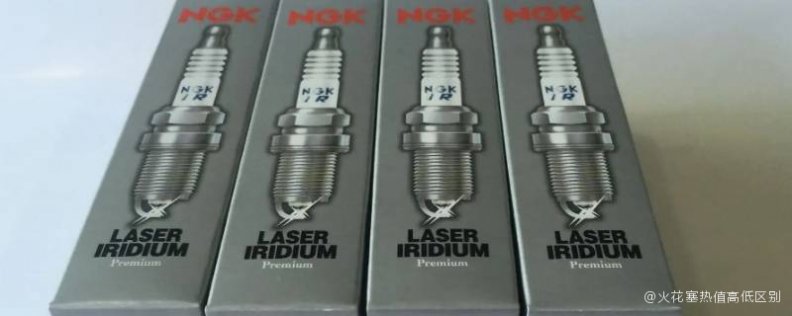火花塞热值高低区别,火花塞热值5和7区别「一定
火花塞热值高低区别,火花塞热值5和7区别「一定记住」
最近有很多热心网友都十分关心火花塞热值高低区别,火花塞热值5和7区别「一定记住」这个问题。还有一部分人想了解火花塞热值5和7区别。对此,和记百科小编「转身い泪依然」收集了相关的教程,希望能给你带来帮助。
火花塞热值高低区别

1-3为低热值,4-6为中热值,7-9为高热值。热值越高,散热越快。火花塞属于冷型还是热型直接决定了它自身散热能力,也就是说原厂热值直接决定了它的工作环境温度。火花塞的散热既不能太大,也不能太小,要确保火花塞的工作温度,就需要与原厂热值相匹配。否则,落差太大,轻则影响发动机功率输出,重则导致火花塞损坏,进而损坏发动机。
火花塞热值5和7区别
火花塞热值实际上是指受热和散热能力的一个指标,其自身所受热量的散发量称为热值。热值包括1~9九个数字,其中1--3为低热值,4--6为中热值,7--9为高热值;
【英文介绍/For English】:
1-3 is low calorific value, 4-6 is medium calorific value, 7-9 is high calorific value. The higher the calorific value, the faster the heat dissipation. Whether the spark plug is "cold type" or "hot type" directly determines its own heat dissipation capacity, that is to say, the original calorific value directly determines its working environment temperature. The heat dissipation of the spark plug can neither be too large nor too small. To ensure the working temperature of the spark plug, it needs to match the calorific value of the original factory. Otherwise, the drop is too large, which will affect the power output of the engine at light, and cause the spark plug to be damaged in severe cases, thereby damaging the engine.
【相关文章】
★ 种植花椒的条件






